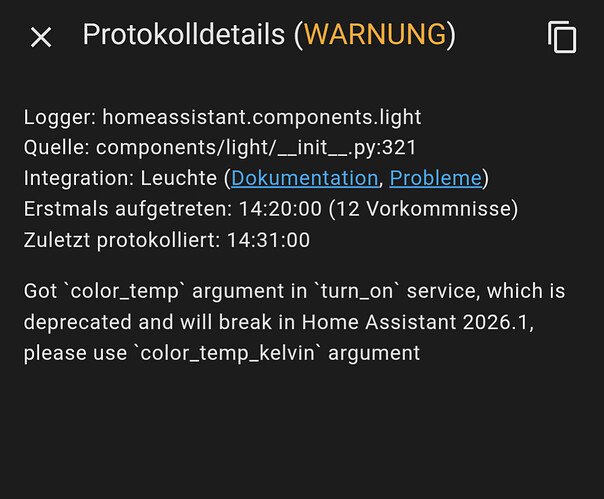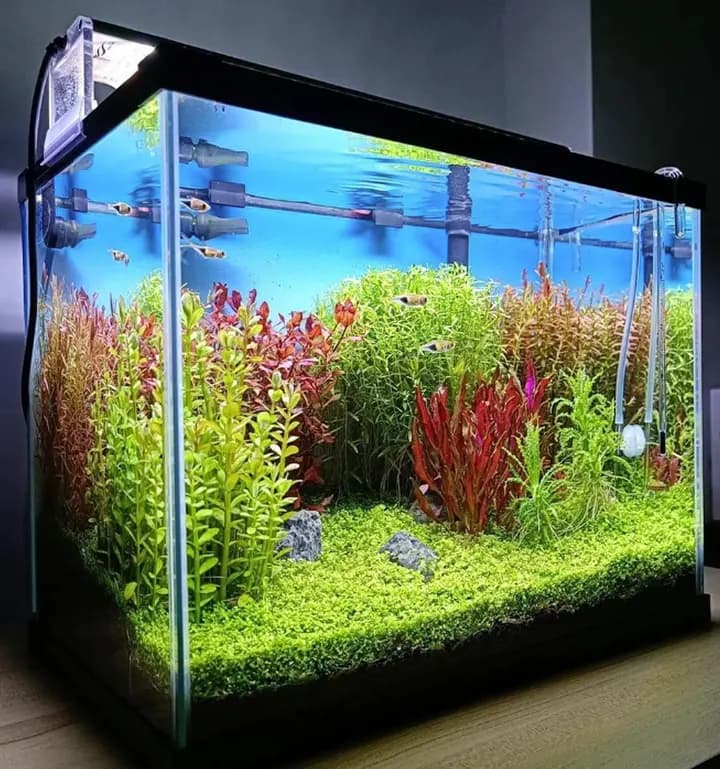Scientific evidence are you sure there is not?
Why do you say that recreate nature is a humanising the fish?
I had 22 fish tanks (5 to 300gal) at home and a pond with 50cm koi fishs
You said you been keeping fish for 30 years but you are stuck whit 30 years old fish keeper ideas
Simulating sunrise and sunset in an aquarium provides several benefits, primarily reducing stress on fish by providing a gradual transition from light to darkness. This mimics a natural day/night cycle, which can improve fish behavior and potentially reduce algae growth. Additionally, it offers a more visually appealing and natural experience for the aquarist.
Here’s a more detailed breakdown:
Benefits for Fish:
A sudden, bright light turning on can startle fish, while a gradual sunrise allows them to adjust more comfortably to the light cycle.
- Improved Biological Clock:
Consistent light cycles help regulate fish’s natural behaviors, such as feeding and sleeping patterns.
- Potential for Reduced Algae Growth:
By shortening the “peak” light period, you might see less algae growth, especially if you have live plants.
Benefits for the Aquarist:
- Enhanced Viewing Experience:
A gradual sunrise and sunset can be aesthetically pleasing and make the aquarium more enjoyable to observe.
Automated sunrise/sunset settings can simplify aquarium maintenance, as you don’t have to manually adjust the lights.
Some aquarists enjoy having the flexibility to adjust the light schedule to suit their viewing preferences and tank needs.
Important Considerations:
Some fish species, especially nocturnal or very sensitive ones, might benefit more from a gradual sunrise and sunset.
While plants don’t require a perfect simulation of natural light, consistent lighting over a 6-12 hour period is beneficial for growth.
If you have a planted tank, you’ll need to balance the light duration with potential algae growth.
In conclusion, while not strictly necessary, simulating a sunrise and sunset in an aquarium offers various advantages for both the fish and the aquarist, primarily by promoting a more natural and stress-free environment.
![]()


